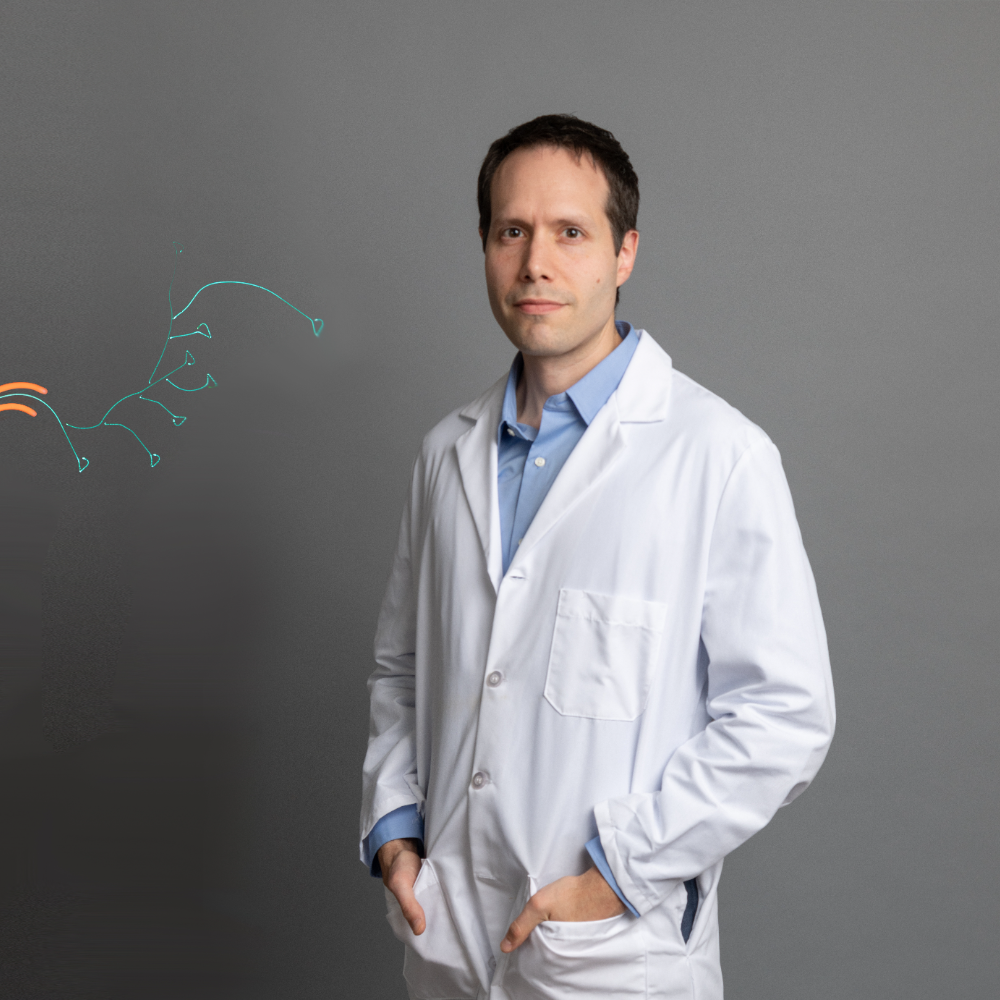
Focused Ultrasound's Promise for Neurological Disorders
The Use of Low-intensity Ultrasound to Modulate Brain Function Expands Options for Treating Neurological Conditions, Including Dementia, Epilepsy, and Parkinson’s Disease

Non-invasive, low-intensity focused ultrasound offers targeted treatment and rehab for certain neurological conditions that are difficult to treat with drugs alone, such as dementia, epilepsy, and Parkinson’s disease, according to a new study by New York Medical College researchers. The research, published in Nature Communications Biology, sheds new light on how ultrasound affects blood flow by dilating the smallest vessels in the brain, thereby increasing their ability to deliver energy to targeted regions.
“Neurological diseases are challenging to treat because most drugs cannot easily cross the blood-brain barrier and therapeutically access the hub of the condition and its symptoms, leaving patients and their families feeling helpless,” says Jonathan Fisher, Ph.D., associate professor of physiology and senior author of the study. “Focused ultrasound is exciting because it is a safe, non-invasive way to alter the way the brain works and possibly address these diseases at their source.”
A longstanding challenge of this method has been understanding the actual interactions between ultrasound and the brain. It is often assumed that ultrasound is not impactful because it does not affect large blood vessels. However, this study demonstrates that small blood vessels display very measurable responses to ultrasound.
“Vessels within the brain can deliver additional blood flow and energy to specific regions as needed, a characteristic that distinguishes them from other vessels in the body. This ability allows the potential for using low-intensity ultrasound on the small vessels to increase blood flow to specific receptors to treat neurological conditions,” explains Dr. Fisher. “Vascular dementia, for example, involves dysfunction in exactly these types of vessels and may therefore be a prime target for therapy.”

